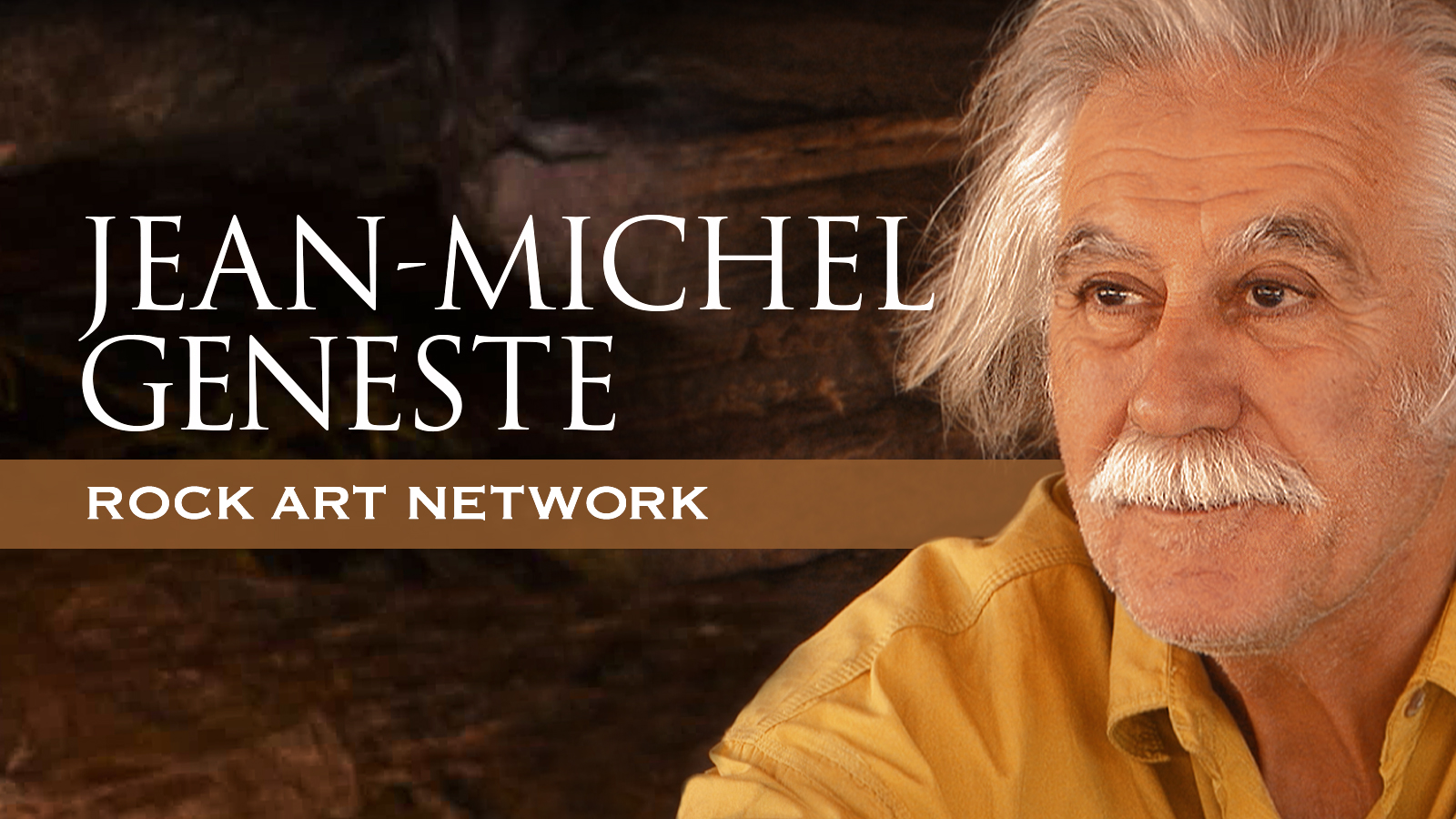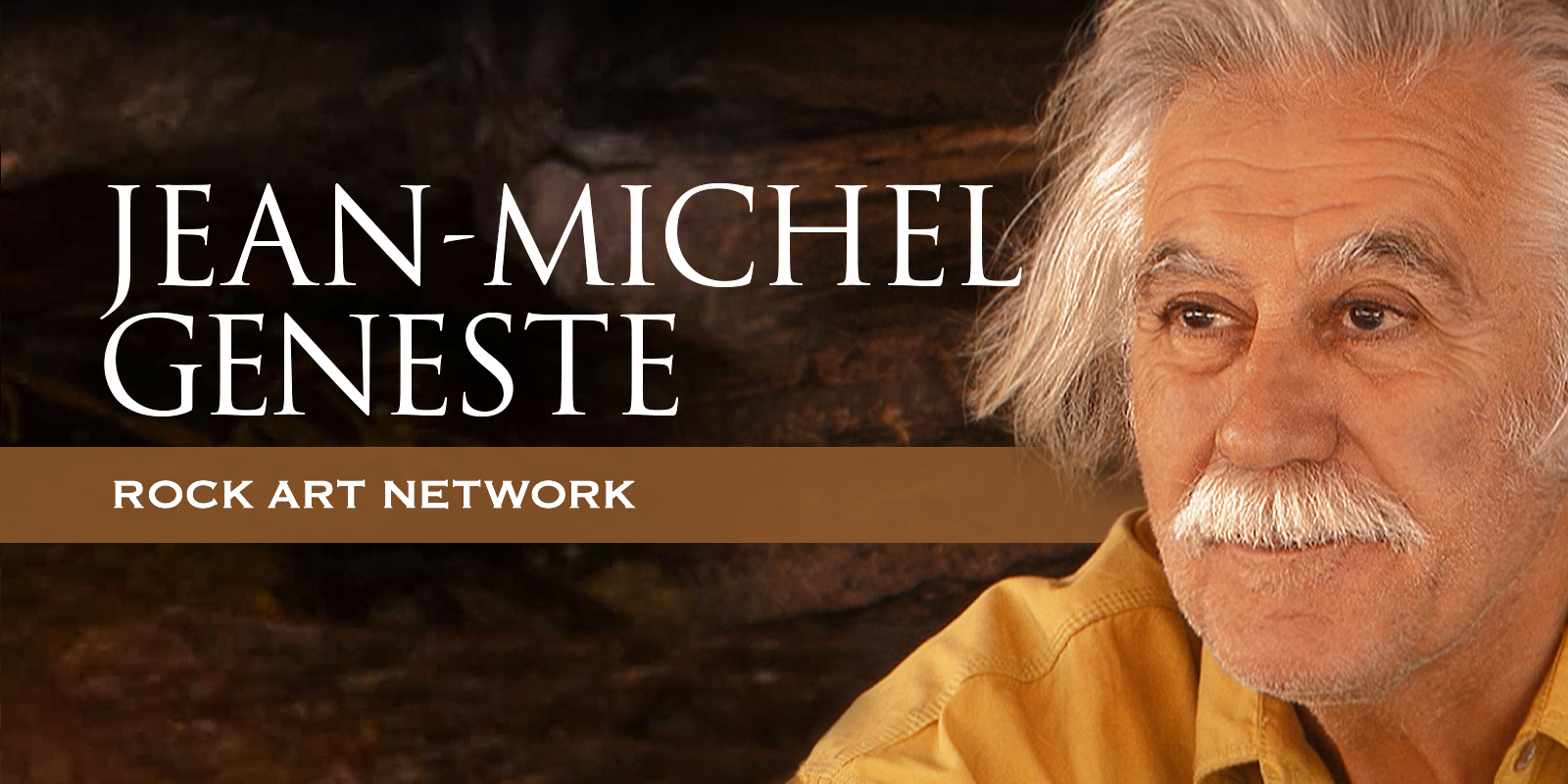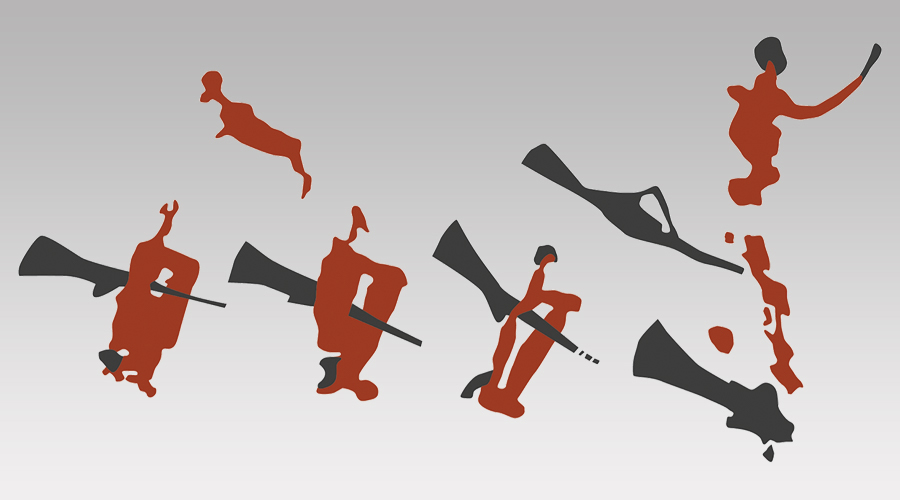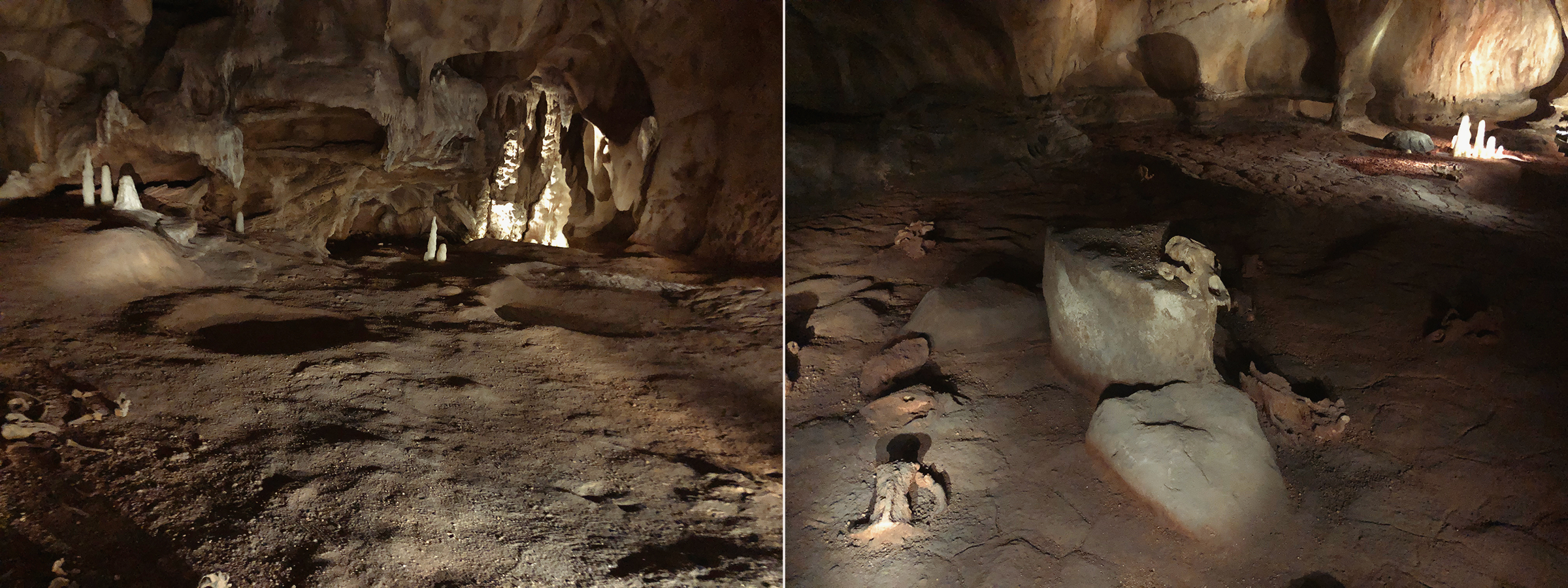


by Jean-Michel Geneste
Former Director, National Center for Prehistory, Ministry of Culture and Communication, France
The discovery of the Chauvet-Pont d’Arc Cave in 1994 instantly represented a considerable media event for the department of Ardèche and the Rhône-Alpes region of France, as well as on a national and international scale, given how this category of cultural asset, now inscribed on UNESCO’s World Heritage List, thoroughly fascinates people throughout the world.
The splendor and sophistication of these spectacular cave paintings, dating back more than thirty-six thousand years, caused a veritable upheaval in specialists’ understanding of the time period (Quiles et al. 2016). However, as early as 1995, only a few months following its discovery, this exceptionally well-preserved and unique archaeological site proved to be far too fragile to be opened to the public. A satisfactory solution needed to be found to allow for touristic development while sharing this singular piece of human history with the general public.
In 2008 the architects Fabre & Speller, associated with Atelier 3A, were chosen by SMERGC (the Joint Association for the Caverne du Pont d’Arc), which acted as principal, joining the forces of the General Council of Ardèche and the Regional Council of Rhône-Alpes with support from the French government and the European Union.
“The site for the replica of the Chauvet Cave” [our translation] was a monumental project comprising five buildings spread out across a limestone plateau overhanging the small town of Vallon-Pont d’Arc. Now known as the “Caverne du Pont d’Arc,” the replica site is less than 2 km (11 miles) away as the crow flies from the original cave, which is hidden in the cliff-face of the Ardèche gorge. This exceptional construction was completed within a very short time frame (thirty months of construction work) calling upon the skills of about 550 professionals who collaborated on the project, which would be unique were it just for its scope alone. The meticulous attention given to detail in the underground landscape and atmosphere, the signs of human and animal activity, and the carefully replicated prehistoric artists’ gestures have combined to make a whole that is staggeringly original.
Observations and findings compiled by a team of scientists over several research expeditions in the Chauvet Cave from 1995 to 2015 have played an essential role in the transfer of knowledge, starting with the decision makers, architects, and scenic designers, and the companies that built the replica. More so than its actual size (3000 m2/32,300 ft2), it is the very spirit in which the replica was created that needs to be highlighted: the sheer will to share the various symbolic dimensions of the site, whether they were aesthetical, perspectival, or cultural, through these parietal oeuvres, thanks to an authentic replica that is as scrupulously complete as possible.
Thus, it became obvious that each of the site’s components, rich and fragile, had to be considered as being an inseparable, indeed integral part of the whole, with all the complexity that this implied. This overarching approach, which governed the scientific team’s work, was also decisive in imposing the principle that the replica had to be an accurate reflection of the scientific knowledge of the cave. This desire for consistency was shared by everyone involved, and above all by the international scientific council that accompanied the project from conception to completion.
The Caverne du Pont d’Arc is a snugly fit jigsaw puzzle of essential segments neatly contracted into a 3,000-square-meter space.
Particular attention was paid to recreating a geological cohesion, one stratum at a time, over the entire 3D model in replica.
Among the array of techniques used for both the research and the replica, 3D modeling based on surveying and mapping with a 3D laser scanner was the clear choice. 3D presented the advantage of being able to process, measure, and visualize the cave’s actual areas and volumes in order to rearrange them into various configurations of the replica without any loss of precision or quality.
In 2006 all agreed upon the importance of developing a high-resolution 3D model of the decorated zones. The 3D mapping of the cave done using a laser scanner was accompanied by photographic coverage allowing for the “draping” of high-resolution images on the 3D model. The goal was to obtain 3D visual data precisely illustrating the drawings’ nature and matter as well as the various conditions and textures of both the decorated and natural walls of the cave.
The 3D model of the cave was a decisive benchmark when designing the replica’s different architectures and structures compacted and condensed into an anamorphic version of the Chauvet Cave. The Caverne du Pont d’Arc is a snugly fit jigsaw puzzle of essential segments neatly contracted into a 3,000-square-meter (32,300 ft2) space (fig. 3).
A specific “structural logic” was established to mirror as faithfully as possible the Chauvet Cave’s geographic, as well as its social and cultural, dimensions.
The rich archive of essential information found on the cave’s floors benefited from the same attention to detail in its reproduction.
Based on the 3D files of the actual panels, a digitally carved model provided the initial outline and reliefs of the cave walls in the form of blocks sculpted out of high-density foam. These blocks were then molded to make resin shells whose geometry faithfully duplicates the cave’s actual topology (fig. 7).
The prehistoric drawings were replicated with colors and materials analogous to those used by prehistoric artists. In the same vein, charcoal made from Scots pine was used to reproduce both the fragility and vigor of the curves, which constitute the animals drawn using spindle-tree charcoal and stump (fig. 8).
Based on the 3D files of the actual panels, a digitally carved model provided the initial outline and reliefs of the cave walls in the form of blocks sculpted out of high-density foam.
This new generation of decorated cave replicas, reproducing vast swaths of cavities in their entirety, allows the public to be immersed in a world that is so close that, like the original site, it sparks an array of intellectual sensations and emotions that were previously difficult to convey.
This new type of replica also takes on an authenticity and sheer monumentality that is far beyond former partial attempts at reproduction. Lascaux IV, the complete replica of the Lascaux Cave, inaugurated in December 2016 in Montignac (Dordogne, France), was the first to use the same techniques and work with identical principles.
Henceforth, scientific and cultural mediation over cave artwork has found a new language as well as conceptual means, reaching an unequaled level of authenticity that is moreover immersive and multisensory. The replica has come into its own as a valid and specific approach wherein one freely embarks on the discovery of a precious heritage site at one’s own pace, immersed in a completely personal experience.
The prehistoric drawings were replicated with colors and materials analogous to those used by prehistoric artists.
Fritz, Carole, and Gilles Tosello. 2015. From gesture to myth: Artists’ techniques on the walls of Chauvet Cave. In Aurignacian Genius: Art, Technology and Society of the First Modern Humans in Europe: Proceedings of the International Symposium, April 08–10 2013, New York University, edited by Randall White and Raphaëlle Bourrillon, 280–314. P@lethnology, 7. http://blogs.univ-tlse2.fr/palethnologie/en/2015-16-Fritz-Tosello/
Quiles, Anita, Hélène Valladas, Hervé Bocherens, Emmanuelle Delqué-Količ, Evelyne Kaltnecker, Johannes van der Plicht, Jean-Jacques Delannoy, Valérie Feruglio, Carole Fritz, Julien Monney, Michel Philippe, Gilles Tosello, Jean Clottes, and Jean-Michel Geneste. 2016. A high-precision chronological model for the decorated Upper Paleolithic cave of Chauvet-Pont d’Arc, Ardèche, France. Proceedings of the National Academy of Sciences 113 (17): 4670–75. http://www.pnas.org/content/113/17/4670
Tosello, Gilles, Alain Dalis, and Carole Fritz. 2012. Copier pour montrer, connaître avant de copier: Entre recherche et médiation, le fac-similé d’art préhistorique. Karsts, Paysages et Préhistoire (13): 99–114. https://hal.archives-ouvertes.fr/halsde-00982729
→ Members and affiliated institutions of the Rock Art Network
by
George Nash
5/09/2024 Recent Articles
→ Sigubudu: Paintings of people with guns in the northern uKhahlamba-Drakensberg
by Aron Mazel
22/07/2024
by Richard Kuba
13/06/2024
by Meenakshi Dubey-Pathak
8/03/2024
by Rock Art Network
6/02/2024
by Rock Art Network
14/12/2023
by Sam Challis
5/12/2023
by Aron Mazel
30/11/2023
by Sam Challis
21/11/2023
by Sam Challis
15/11/2023
by Sam Challis
10/11/2023
by Rock Art Network
6/11/2023
by Rock Art Network
3/11/2023
by Aron Mazel
2/11/2023
by Meenakshi Dubey-Pathak
26/09/2023
by Paul Taçon
24/08/2023
by Aron Mazel
13/06/2023
by Paul Taçon
5/06/2023
by Paul Taçon
15/03/2023
by George Nash
14/03/2023
by Noel Hidalgo Tan
10/02/2023
by George Nash
01/02/2023
by Meenakshi Dubey-Pathak, Pilar Fatás Monforte
29/11/2022
by Aron Mazel, George Nash
21/09/2022
by Paul S.C. Taçon, Sally K. May, Ursula K. Frederick, Jo McDonald
07/07/2022
by Meenakshi Dubey-Pathak
26/07/2022
by Paul Taçon
20/07/2022
by David Coulson
16 June 2022
by Paul Taçon
25 April 2022
by Noel Hidalgo Tan
20 April 2022
by Meenakshi Dubey-Pathak
14 March 2022
by Carolyn Boyd & Pilar Fatás
02 March 2022
by David Coulson
07 February 2022
by Johannes H. N. Loubser
06 February 2022
by Meenakshi Dubey-Pathak
05 February 2022
by Aron Mazel
28 January 2022
by Aron Mazel
8 September 2021
by David Coulson
17 August 2021
by Ffion Reynolds
21 June 2021


by Aron Mazel
22/07/2024
by Richard Kuba
13/06/2024
by Meenakshi Dubey-Pathak
8/03/2024
by Rock Art Network
6/02/2024
by Rock Art Network
14/12/2023
by Sam Challis
5/12/2023
by Aron Mazel
30/11/2023
by Sam Challis
21/11/2023
by Sam Challis
15/11/2023
by Sam Challis
10/11/2023
by Rock Art Network
6/11/2023
by Rock Art Network
3/11/2023
by Aron Mazel
2/11/2023
by Meenakshi Dubey-Pathak
26/09/2023
by Paul Taçon
24/08/2023
by Aron Mazel
13/06/2023
by Paul Taçon
5/06/2023
by Paul Taçon
15/03/2023
by George Nash
14/03/2023
by Noel Hidalgo Tan
10/02/2023
by George Nash
01/02/2023
by Meenakshi Dubey-Pathak, Pilar Fatás Monforte
29/11/2022
by Aron Mazel, George Nash
21/09/2022
by Paul S.C. Taçon, Sally K. May, Ursula K. Frederick, Jo McDonald
07/07/2022
by Meenakshi Dubey-Pathak
26/07/2022
by Paul Taçon
20/07/2022
by David Coulson
16 June 2022
by Paul Taçon
25 April 2022
by Noel Hidalgo Tan
20 April 2022
by Meenakshi Dubey-Pathak
14 March 2022
by Carolyn Boyd & Pilar Fatás
02 March 2022
by David Coulson
07 February 2022
by Johannes H. N. Loubser
06 February 2022
by Meenakshi Dubey-Pathak
05 February 2022
by Aron Mazel
28 January 2022
by Aron Mazel
8 September 2021
by David Coulson
17 August 2021
by Ffion Reynolds
21 June 2021
Friend of the Foundation


by Aron Mazel
22/07/2024
by Richard Kuba
13/06/2024
by Meenakshi Dubey-Pathak
8/03/2024
by Rock Art Network
6/02/2024
by Rock Art Network
14/12/2023
by Sam Challis
5/12/2023
by Aron Mazel
30/11/2023
by Sam Challis
21/11/2023
by Sam Challis
15/11/2023
by Sam Challis
10/11/2023
by Rock Art Network
6/11/2023
by Rock Art Network
3/11/2023
by Aron Mazel
2/11/2023
by Meenakshi Dubey-Pathak
26/09/2023
by Paul Taçon
24/08/2023
by Aron Mazel
13/06/2023
by Paul Taçon
5/06/2023
by Paul Taçon
15/03/2023
by George Nash
14/03/2023
by Noel Hidalgo Tan
10/02/2023
by George Nash
01/02/2023
by Meenakshi Dubey-Pathak, Pilar Fatás Monforte
29/11/2022
by Aron Mazel, George Nash
21/09/2022
by Paul S.C. Taçon, Sally K. May, Ursula K. Frederick, Jo McDonald
07/07/2022
by Meenakshi Dubey-Pathak
26/07/2022
by Paul Taçon
20/07/2022
by David Coulson
16 June 2022
by Paul Taçon
25 April 2022
by Noel Hidalgo Tan
20 April 2022
by Meenakshi Dubey-Pathak
14 March 2022
by Carolyn Boyd & Pilar Fatás
02 March 2022
by David Coulson
07 February 2022
by Johannes H. N. Loubser
06 February 2022
by Meenakshi Dubey-Pathak
05 February 2022
by Aron Mazel
28 January 2022
by Aron Mazel
8 September 2021
by David Coulson
17 August 2021
by Ffion Reynolds
21 June 2021
Friend of the Foundation





















